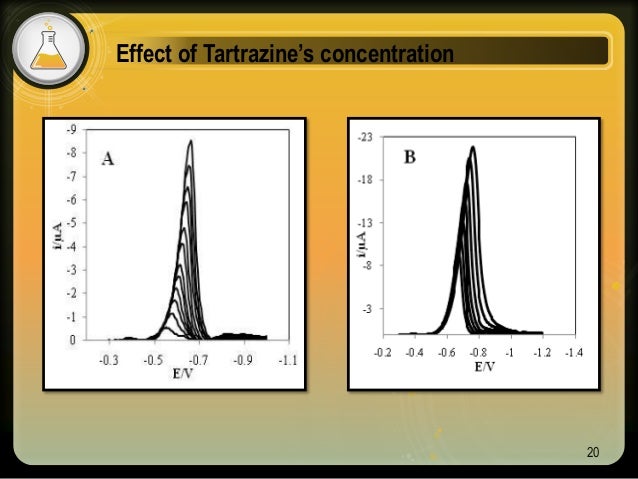
Substantive Law Example Involving a History of Prior FeloniesĪn example of substantive law can be found in a case involving a defendant with a history of prior felonies, who argued that he had been sentenced too harshly, based on discrepancies between state and federal law.

Tyson wherein federal judges were permitted to ignore their states’ common law decisions in certain cases. Here, the Court overturned the prior decision that had been made in Swift v. The origin of the Erie Doctrine is the Supreme Court’s landmark decision from 1938 in Erie Railroad Co. When the question pertains to procedural law, however, then the court must apply federal law to the matter at hand. The Erie Doctrine is a civil law doctrine which provides that a federal court, when trying to decide whether to apply federal or state law to a case, must follow state law with regard to substantive law issues. Substantive law is the “substance of the case,” and procedural law provides the “procedure” that would be best to handle the substance of each particular case. Substantive law defines the elements of a case, while procedural law focuses on the burden that is on the plaintiff to prove any wrongdoings to a jury that fit within the elements provided. Substantive law is then relied upon by a judge and/or jury when evaluating the evidence in a case to determine the nature of the case and the appropriate way to settle the matter. Substantive law and procedural law work together, in that procedural law system boosts the substantive law system by providing the guidelines that need to be followed so that substantive law can be applied to real-world disputes. Another reasonable person would have been offended by Gary punching him in the face How Substantive Law and Procedural Law Work Together.


Therefore, if Gary punched Jason in a bar, and broke his nose, for making a comment that offended Gary, Gary would likely be convicted of assault because:

Therefore, a plaintiff in a state where this is illegal may have a case for negligence, while a plaintiff in a state that allows it might not. For instance, while someone is not allowed to make a right turn on red light in one state, he may be allowed to do so in another state. While all states will insist that a plaintiff prove the existence of these four elements of substantive law in a lawsuit to be victorious in a negligence claim, each state will differ insofar as its specific driving laws are concerned. Negligence is most commonly pursued in cases involving motor vehicle accidents. The laws of the state in which the lawsuit is brought will dictate the nature of the case, and will determine to what extent each of these elements exists.


 0 kommentar(er)
0 kommentar(er)
